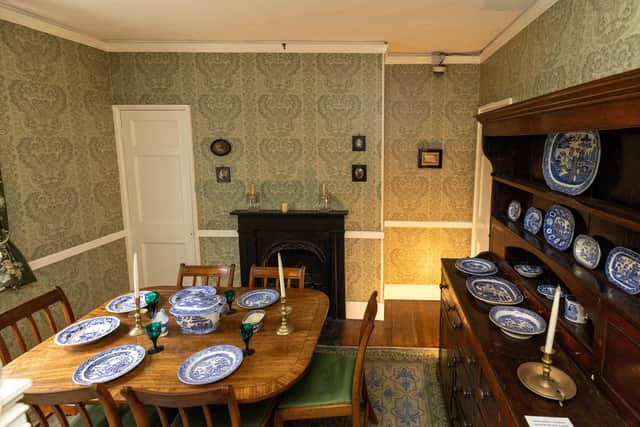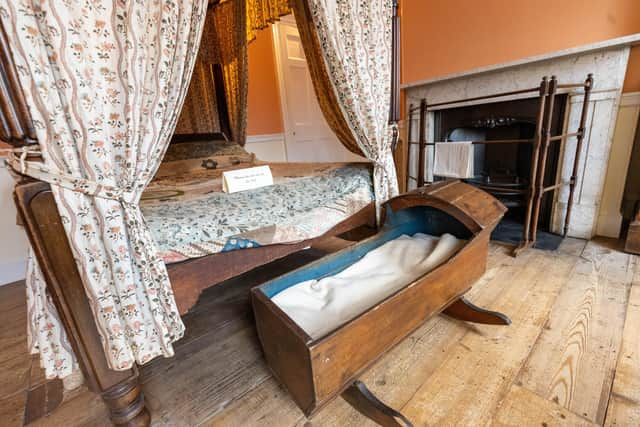A snapshot of Charles Dickens' life in Portsmouth on his 212th birthday
and live on Freeview channel 276
212 years ago today, Charles Dickens was born at 13 Mile End Terrace, now known as Old Commercial Road. The Victorian author was baptised in Fratton’s St Mary’s Church, the 15th century font of which can be found in St Albans Church, Copnor Road. His mother and father, Elizabeth and John Dickens, moved to Portsmouth in 1809, three years before Charles’ birth, as John was hired at the Portsmouth Dockyard Navy Post Office. During the three years Dickens spent in the city, the family lived in three properties: Mile End Terrace, 16 Hawke Street, and Wish Street (now Kings Road). They then moved to London in 1815, although Portsmouth left its mark on the notorious writer.
Charles Dickens Birthplace pays homage to the life of the author, transporting its visitors back to the days of Charles’ youth. The bedroom where he was born, the parlour, and the dining room have been restored to their classic Regency style, accompanied by information panels to paint a picture of the Dickens family’s life. The exhibition room even holds the remaining treasures of Dickens life, such as his own snuff box, inkwell, and paper knife, alongside the couch he died on in Kent.


Advertisement
Hide AdAdvertisement
Hide AdThe impression Portsmouth made on Dickens can be traced in his novels, such as ‘The Life and Adventures of Nicolas Nickleby’, as the main character sets out for the city to join a naval crew. Here, Dickens is believed to be describing Portsdown Hill: “Here, there shot up almost perpendicularly into the sky a height so steep, as to be hardly accessible to any but the sheep and goats that fed upon its sides, and there stood a huge mound of green, sloping and tapering off so delicately, and merging so gently into the level ground, that you could scarce define its limits.” He even returned to the city whilst writing the book.
Dickens spoke fondly of his early childhood in Portsmouth, as recalled by his close friend John Foster: "He has often told me that he remembered the small front garden to the house at Portsea, from which he was taken away when he was two years old, and where, watched by a nurse through a low kitchen window almost level with the gravel-walk, he trotted about with something to eat, and his little elder sister with him. He was carried from the garden one day to see the soldiers exercise; I perfectly recollect that, on our being at Portsmouth together while he was writing Nickleby, he recognised the exact shape of the military parade seen by him as a very infant, on the same spot, a quarter of a century before."
Not only can Dickens’ early childhood be traced back to Portsmouth, but his love life too. Portsmouth’s Highland Road cemetery is home to the graves of two of Dickens’ lovers: his mistress of 13 years, Ellen Ternen, and first love Maria Beadnell, who is said to have inspired the character of Dora in David Copperfield.


The footprints of the renowned author can be found across the city, preserved by the Dickens Fellowship and Portsmouth City Council. Although Dickens left behind a lasting legacy across the globe, Portsmouth holds priceless traces that keeps the author’s name alive.